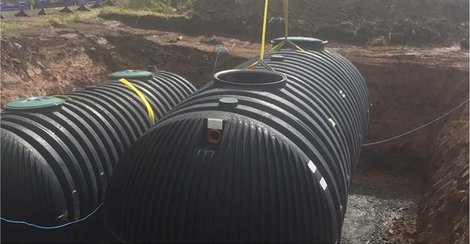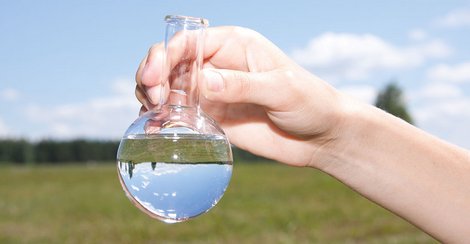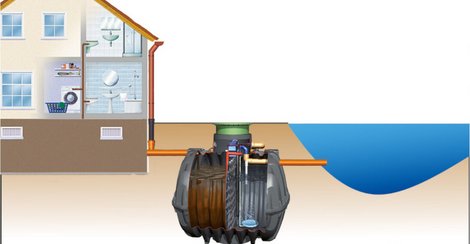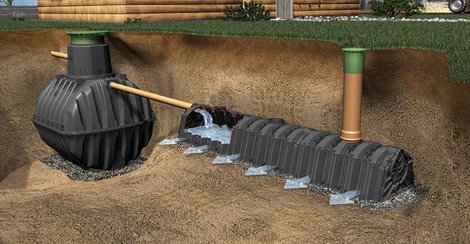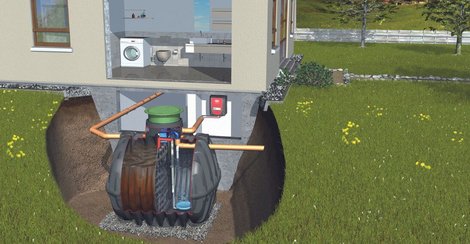What is the concept of Nutrient Neutrality and its importance for aquatic ecosystems?
Nutrient neutrality is when the balance of nutrients in a particular water system is maintained, which means that there are neither too many nor too few nutrients, particularly nitrogen and phosphorus. When a water system is nutrient-neutral, the levels of nitrogen and phosphorus are aligned with what the aquatic ecosystem requires to avoid eutrophication. Eutrophication is a process whereby too many nutrients cause algae and other water plants to overgrow, leading to oxygen depletion, fish and aquatic life death, and the growth of harmful algal blooms.
Maintaining nutrient neutrality in water bodies is crucial for ensuring the health and longevity of aquatic ecosystems. However, having low levels of nutrients can also cause problems, as it can make the ecosystem less productive and diverse. Therefore, it is essential to carefully manage nutrient inputs and employ practices like restoring wetlands and using technology to remove nutrients from wastewater treatment plants to ensure the water body's healthy and sustainable ecosystem.
Having too many nutrients in the water can cause eutrophication, leading to environmental problems and hurting the economy. Harmful algal blooms can make people and pets sick, cause beach closures, and reduce the value of waterfront properties. Conversely, too few nutrients in the water can affect the ecosystem's productivity and health, ultimately affecting its diversity. Therefore, maintaining a nutrient-neutral environment in water bodies is essential for the environment's and society's well-being.


